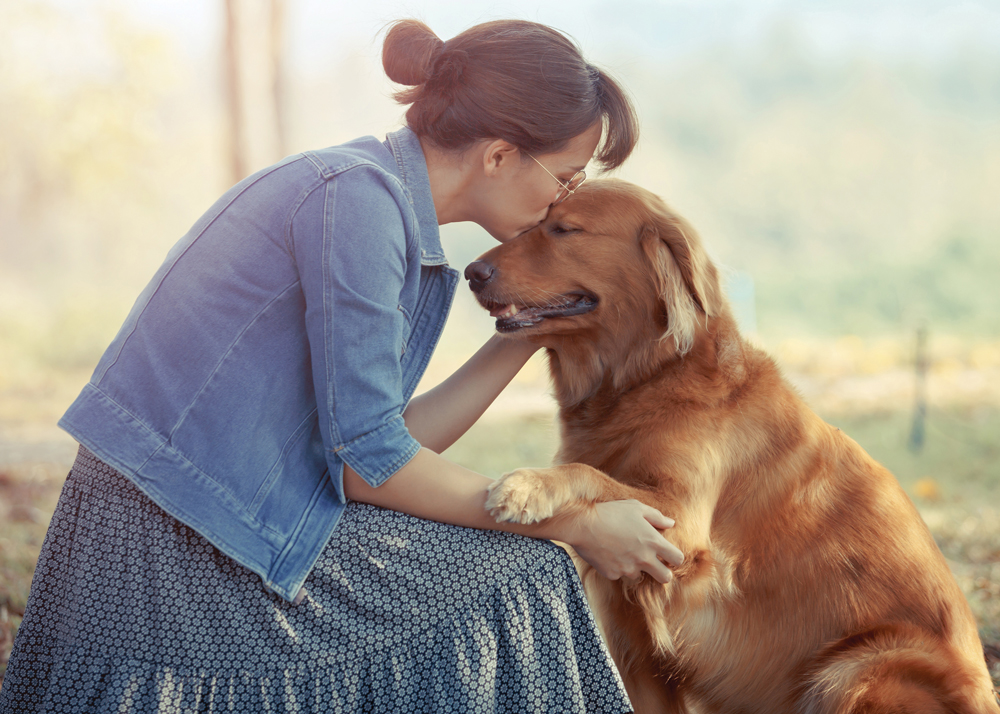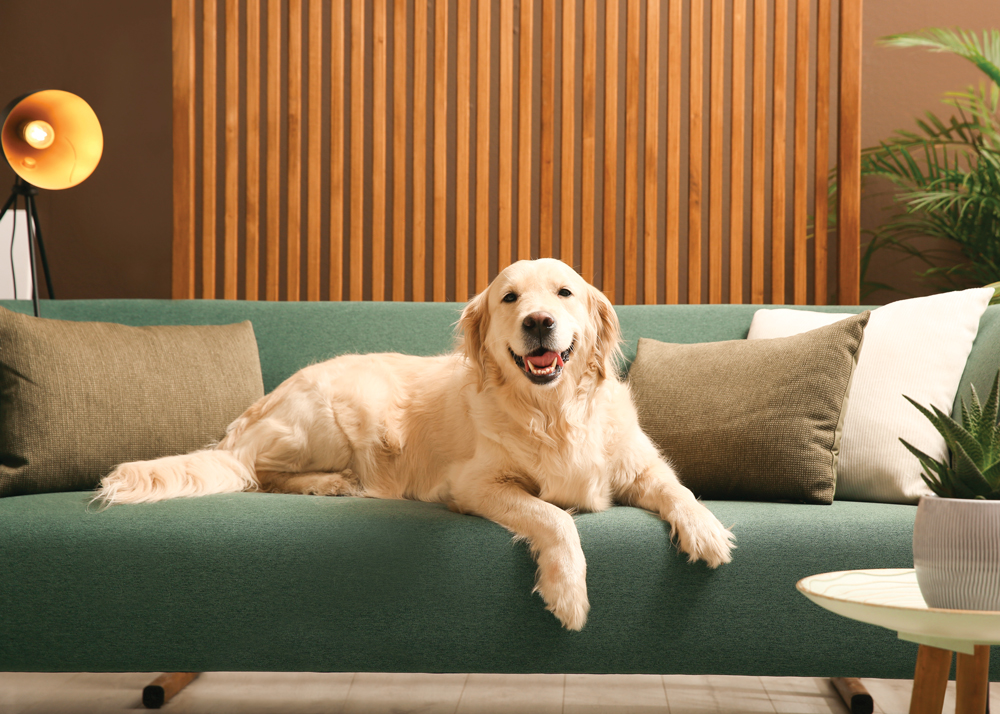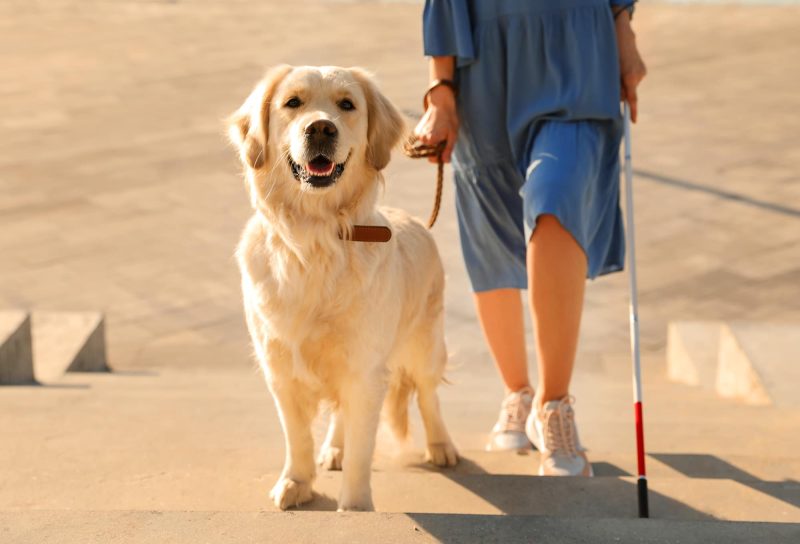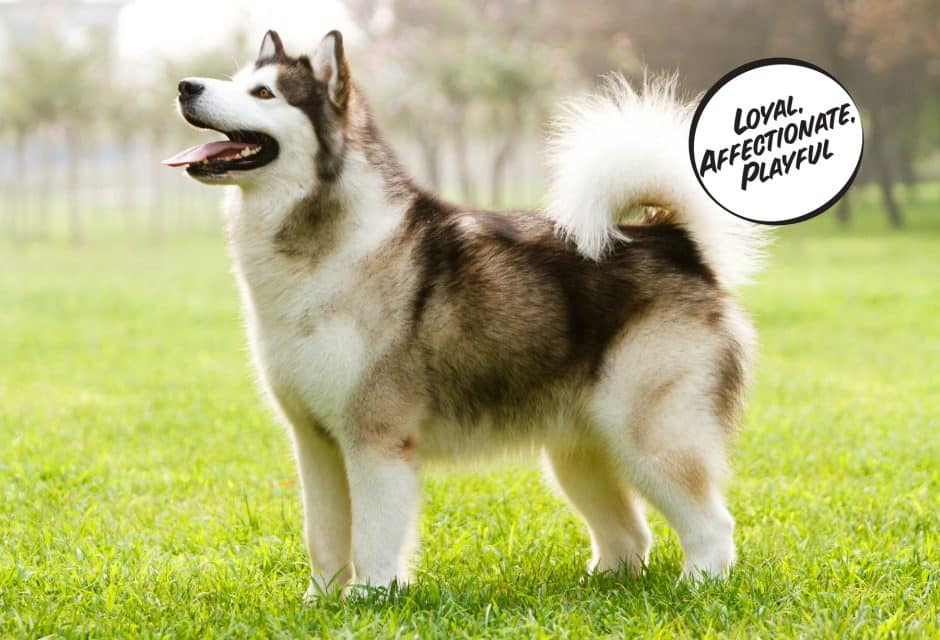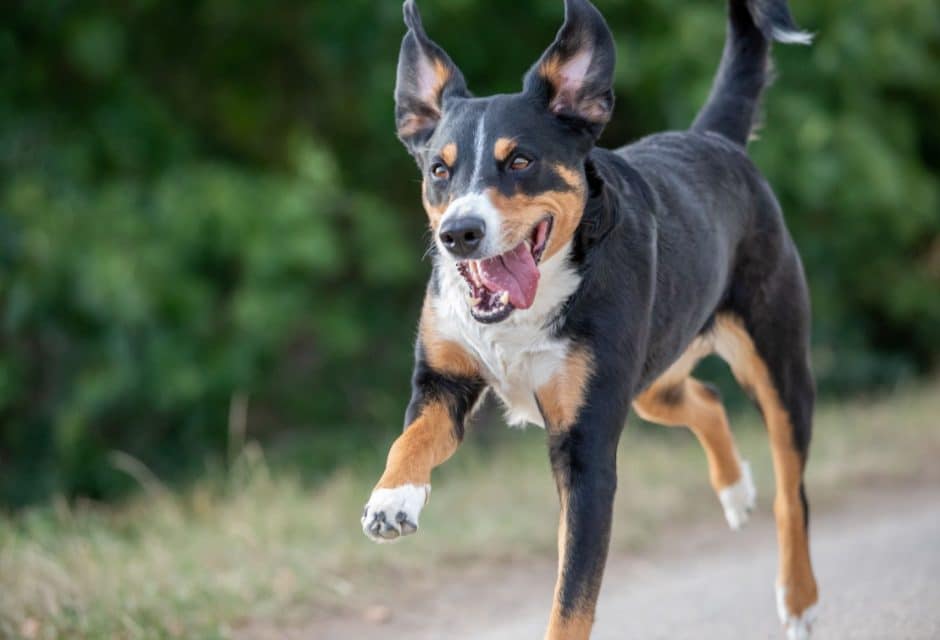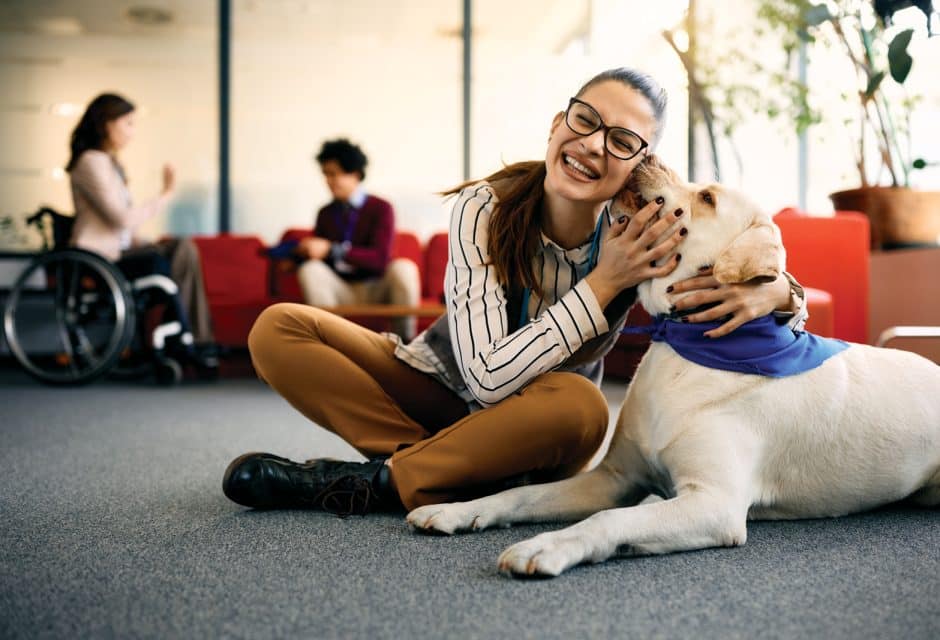

Does Breed Predict Behaviour?
Pedigree may not be destiny, but, contrary to recent headlines, breed remains a useful indicator of probable personality traits
I can’t count the number of times I have heard people complain about the dog they selected as a pet. I am continually hearing things like,“I chose a Golden Retriever because all of the books describe the breed as being really smart and easy to train. So I got one. Unfortunately, I think that I have seen river rocks that are more trainable than my Golden Retriever is.” Similar refrains go something like this: “Because I have kids, I checked all of the breed descriptions to find a friendly breed of dog. They all described Boston Terriers as being really outgoing and sociable. Well, I can tell you that they were definitely not describing the Boston Terrier that we got. She is an unsociable, standoffish lump. Apparently, a dog’s breed really doesn’t say much about its personality.”
Many people have experienced a breed’s expected behaviour failing to match up with their individual dog. So, it is no surprise that many people readily accepted recent media reports with headlines like “Study Shows Dog Breed Does Not Predict Dog Behaviour and Personality.” These articles are supposedly summarizing a new study which investigated the influence of genetics on dog behaviour and physiology. The problem is that these reports are based upon a misinterpretation of the data, and if you look at behavioural differences among breeds of dogs in the appropriate way, we find that breed is actually a good predictor of dog behaviours.
The new study that provoked these headlines came out of the University of Massachusetts and was led by Kathleen Morrill. This is a massive investigation that contains a wealth of useful information. In fact, it is so large that it involved 24 authors and required an online, 112-page supplementary data package upon publication. Data was collected from surveys of 18,385 dog owners and the DNA sequencing of 2,155 dogs. This information was gathered using a website called Darwin’s Ark. It is an example of “citizen science,” and it has been accumulating surveys and genetic data on thousands of dogs across the United States since 2015. Participant dog owners complete an inventory of 117 questions to specify their dog’s demographics and physical characteristics. It also included behaviour questions ranging from how friendly the dogs are with strangers to whether the dogs typically circle before they poop. Following completion of the questionnaires, participants send in a cheek swab from the dog, which can be used for DNA sequencing.
"If you choose a Golden Retriever, your odds of getting a highly sociable dog are more than three to one."
When they combined the genetic and survey data for 1,967 of these dogs, researchers found that the physical traits of canines are “exceptionally heritable,” often above 85 percent heritability. This analysis was simplified by the fact that some physical characteristics, such as whether a dog has a prick ear or a floppy ear, are the result of variations of a single gene.
They also found that, in some instances, there are also simple genetic predictors of certain behaviours. For example, whether a dog tends to howl was mapped to a specific area of the genome, which, in humans, is involved in the development of speech and language.
It is much more usual, however, to find that dog behavioural traits are “polygenic,” meaning that several genes or genetic loci each contribute some small effect (along with the environment) to shape the final behaviour. Thus, one would expect smaller inherited effects for behaviours. Nonetheless, the researchers report more than 25 percent heritability for some behavioural dimensions, such as a dog’s sociability around people, how readily the dog responds to human direction, and its willingness to retrieve.
So, what is the problem? If behaviours are inherited to a reasonable extent, and breeds involve grouping dogs based on their genetics, then certainly breed should predict something about dog behaviour. These researchers were not convinced that was the case. They were concerned because modern dog breeds only began to appear in the 1800s. This is a blink in evolutionary history compared with the origin of dogs some 14,000 years ago. Before breeds developed, humans had been intentionally breeding dogs to perform specific functions, such as hunting, guarding, and herding—paying no attention to what the dogs looked like. With the advent of dog breeds, people began to sort the dogs on the basis of their appearance and certain notions of aesthetics. Consequently, less emphasis was placed on behavioural characteristics. The researchers in this new study suggest that, as a result, breed identity became an unreliable predictor of canine personality and behaviour. Thus, although Border Collies are characteristically described as clever and trainable, occasionally, some people will find that their new Border Collie pup seems to be vying for the title of Village Idiot. The researchers suggest that instances like this mean that breed is not a reasonable predictor of behaviour.
Unfortunately, their conclusion is based on a misunderstanding of basic psychological principles. It is possible to have an inherited behavioural tendency which is a good predictor when we look at groups of individuals. However, that does not necessarily indicate that every individual in that group will have the predicted characteristics. Let me give you an example based on physical characteristics.
Consider the physical height of men and women. The average American man, 20 to 30 years of age, has a height of just over 5 feet 9 inches (69.1 inches or 175 cm). The average height for American women in their 20s is just under 5 feet 4 inches (63.7 inches or 162 cm). So obviously, on average, men are taller than women. Therefore, in the absence of any additional information, it would make sense to select a male if you wanted a taller individual for, say, playing basketball or picking tree fruit. However, six percent of women are taller than the male average, and four percent of males are shorter than the average woman. If you use the difference in the distribution of heights by sex as your basis of selection, and you end up with a short male, that does not invalidate the usefulness of sex as a predictor of height. Reasoning in the same way, if you find a not very trainable Border Collie, it does not invalidate the usefulness of breed identification in predicting dog behaviour. The reality is that dog breed and all of the genetic characteristics that describe it are good predictors when you consider groups of individuals but may not be accurate in predicting the performance of any one single individual.
If you understand that concept, we can now ask “How well does dog breed predict behaviour?” Fortunately, the researchers involved in this current study developed a computational engine which they have made available. It allows us to calculate the effect of breed on behaviour, based upon their data. Given any measured characteristic, it computes how many dogs from a selected group of breeds are expected to fall into the top quartile (highest 25 percent) compared to all dogs in the study (or, conversely, which fall into the lowest 25 percent). This makes it possible for us to see how good breed is for predicting behaviours.
"The most biddable breed is the Border Collie—72% fall in the top quartile for all dogs measured. But breed is not a perfect predictor: 16% of Border Collies will be in the lowest quartile."
Let’s consider just two of the behavioural dimensions that they measured as examples. The first is “Human Sociability,” which the researchers define as how comfortable a dog is around people, especially if the people are unfamiliar. Sorting for the highest degree of sociability, we find that 62 percent of Golden Retrievers will fall into the highest quartile. This doesn’t mean that you will never find an unsociable Golden retriever since 18 percent of them will fall into the lowest quartile. However, your odds of getting a highly sociable dog if you choose a Golden Retriever are more than three to one. Some other highly sociable dogs with a better than 50 percent chance of falling in the top group are the Siberian Husky, Pug, and Labrador Retriever. [Breeds with the lowest sociability include the German Shepherd, Chihuahua, Dachshund, and Australian Cattle Dog.]
Another dimension with high breed predictability is what these scientists refer to as “Biddability,” but which other researchers have referred to as “Working and Obedience Intelligence.” It has to do with how easily a dog can be trained and how well it responds to human direction. The dog breed that scores highest on this is the Border Collie, with 72 percent of these dogs falling in the top quartile for all dogs measured. Again, breed is not a perfect predictor since 16 percent of Border Collies will be in the lowest quartile. However, your odds are better than four to one that you’ll be getting an intelligent and trainable dog if you get a Border Collie. Other dog breeds with a better than 50 percent chance of falling in the top group for biddability are the Golden Retriever, German Shepherd, Australian Cattle Dog, and Australian Shepherd. [Breeds which have a low probability of being easily trainable include the Beagle, Dachshund, Shih Tzu, and Siberian Husky.]
There are, however, several behavioural dimensions in which the predictive ability of breed was found to be considerably weaker or virtually nonexistent. One example is the “Agonistic Threshold,” which these researchers define as “how easily the dog is provoked by frightening, uncomfortable or annoying events.” They interpreted this poor predictability as demonstrating that environmental factors can also influence this behaviour.
So, contrary to the headlines and observations of some individual cases, using the computational engine provided by these genetic researchers, we find that they have actually demonstrated that breed is a pretty good indication of some behavioural differences between groups of dogs. However, it is certainly not a guarantee for the behaviour of any one individual. Thus, it is still possible to end up with a grouchy, untrainable Golden Retriever, although the odds of doing so are lower than most other breeds.
This article originally appeared in the award-winning Modern Dog magazine. Subscribe today!
Join the newsletter and never miss out on dog content again!
"*" indicates required fields
By clicking the arrow, you agree to our web Terms of Use and Privacy & Cookie Policy. Easy unsubscribe links are provided in every email.
